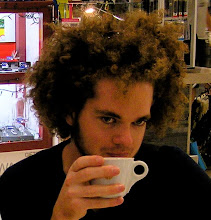Nelumbo nucifera; nelum (Sinhala); thamareri (Tamil); lotus, 1999
Artwork Materials: aluminium and steel
The series of artworks this work is a part of Paradisus Terrestris 1999 consists of found objects chiefly sardine cans. The can is slightly opened to reveal carefully embossed metal, formed into the shape of human anatomy, in this case a belly. The base of the can is flipped out so it appears to grow out from the human anatomy, this is carefully filigreed (form of ornamentation usually formed by gold or silver twisted wire) into the form of flora.
sources:
- Roslyn Oxley9 Gallery http://www.roslynoxley9.com.au/artists/17/Fiona_Hall/182/35713/
- "the art of Fiona Hall" - education kit, Queensland Art Gallery, Brisbane 2005
Rosalie Gascoigne
Plain View 2, 1994
Artwork Materials: Timber and Masonite 101.5 × 83.5cm
Gascoigne's artworks always started from found objects, materials that had been left exposed to the weather, using objects that come from the landscape to create unorthodox portraits of the landscape. She considered herself an Assembler. In works such as Plain View 2, Gascoigne usually cut the found objects into the desired form and arranged them in straight lines. The result being a gridded, ordered arrangement.
sources:
- Roslyn Oxley9 Gallery http://www.roslynoxley9.com.au/artists/15/Rosalie_Gascoigne/550/40113/
- Felicity Fenner, Landscape of Shards, Art in America Feb, 1999 p88-91

No comments:
Post a Comment